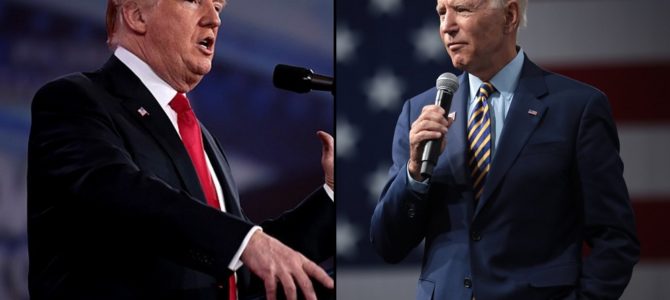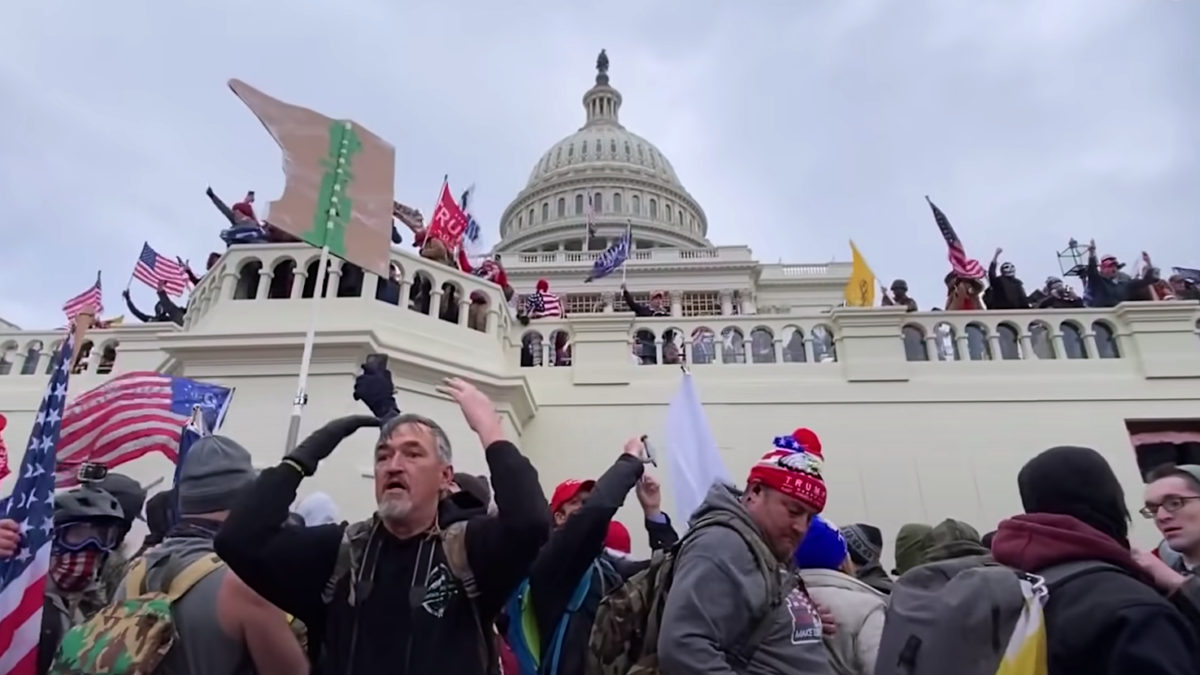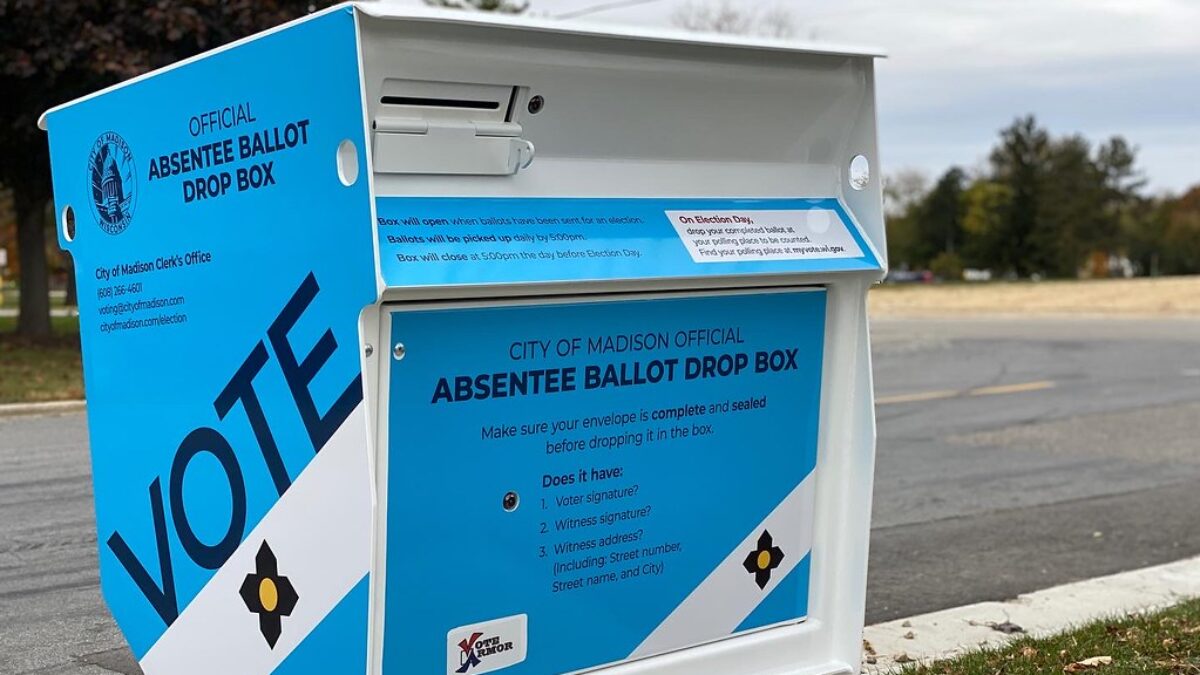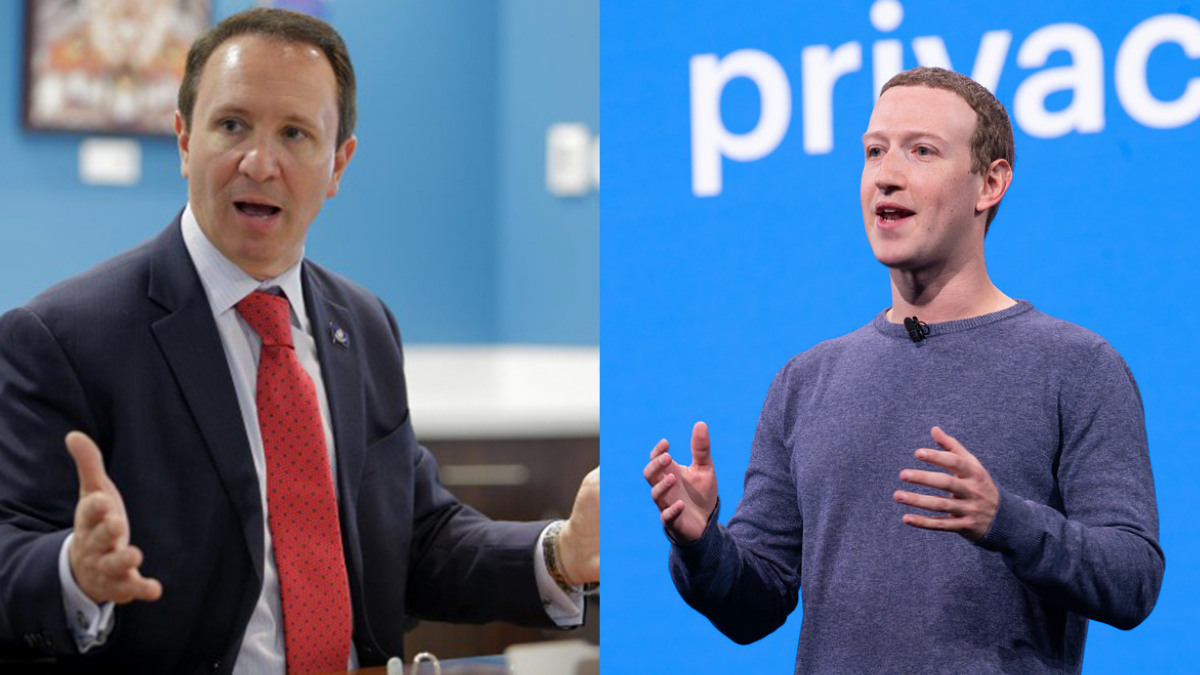
There is no shortage of polls or pundits predicting the outcome of the 2020 presidential election. But “outcomes” include more than simply election results. Who is gaming out how America — and the world — will respond? We are.
While national polls suggest an edge for former Vice President Joe Biden, the winner isn’t determined by national polls. It is determined by who wins the Electoral College. Victory is won in the states.
Scaring Voters into Mail-In Increases Election Uncertainty
Due to the political stoking of fears of contracting COVID-19, a massive push has been made, mostly by the left, to encourage voting by mail. This significantly alters the calculus on Election Day and completely upends the post-election period.
Most states and local election officials aren’t prepared to process, validate, and count large numbers of mail-in ballots. In six swing states (totaling 74 Electoral College votes)—Georgia, Iowa, Michigan, Nevada, Pennsylvania, and Wisconsin — no mail-in ballots may be counted before Election Day.
Since reports indicate a far greater interest in voting by mail for Democrats than Republicans, it’s likely that President Trump will be winning these states by large margins on Election Day, only to see that margin shrink in the days and weeks after Election Day. Indeed, that is precisely the narrative being crafted by leading organs of the mainstream media.
Further, voting by mail doesn’t result in the same success rate as does voting in person. The Washington Post reported that some 534,000 ballots were rejected during the 2020 primaries, either because they arrived late, the voter’s signature appeared invalid, or other failures. A separate analysis published in the Post found that as many as 4.9 percent of mail-in ballots fail to result in a counted vote. Depending on the state and the share of the vote by mail for each major party, the 1 in 20 ballots that fail to convert into a vote could be determinative.
Uncertainty Can Fuel More Rioting
Adding uncertainty to what is a routine exercise in vote counting (the 2000 contest in Florida being an exception) is this year’s urban unrest. An election night featuring competing claims of victory, confusion, and early calls by the media, only to be reversed on the receipt of newer data, may lead to post-election violence unlike any seen in more than 150 years.
Purportedly aiming to make sense of this fraught election year, in early August, the Transition Integrity Project (TIP) released a report suggesting that President Donald Trump would not likely leave office without an unprecedented struggle. The TIP, a self-proclaimed “bipartisan” group of some 100 people, was entirely composed of those firmly opposed to President Trump.
Their purpose wasn’t so much gaming out plausible post-election scenarios as to generate breathless propaganda suggesting that no matter the outcome, President Trump would refuse to leave the White House on Jan. 20, 2021, Inauguration Day. He flatly contradicted such propaganda in his NBC town hall last week, saying that he wants the election process to be fair and that he will abide by verified election results.
TIP’s effort marks a lost opportunity, one that the Claremont Institute in partnership with the Texas Public Policy Foundation (TPPF) sought to remedy with our own simulation of election night and what might be a highly charged and competitive aftermath — a contest after the contest.
For the task, Claremont and TPPF assembled a team of 35 people, and over the course of seven days, these constitutional scholars, along with experts in election law, foreign affairs, law enforcement, and media, decided how they would react to fast-moving events. The operation was coordinated by a retired military officer experienced in running hundreds of wargames.
Here’s What We Found
The Claremont-TPPF effort produced a detailed roadmap of the likely challenges at the state level, how those might be adjudicated in state and federal courts, how domestic unrest and foreign adventurism might intensify, and, in the unlikely event that the Electoral College cannot determine a winner, how a president and vice president could be constitutionally determined.
The team foresees three basic scenarios, one of which was gamed out in detail:
- A clear victory for President Trump, winning 32 states and 322 Electoral College votes, better than the 304 Trump won in 2016, but, due to the massive use of mail-in ballots, especially in the six states in which counting cannot commence until Election Day, victory likely won’t be formally declared until days or weeks after Election Day, as Trump would only have 248 electoral votes known for certainty.
- A clear victory for Vice President Biden, winning 26 states and D.C. for a total of 342 Electoral College votes. Again, because of the six states that cannot count mail-in ballots until Election Day, even in this scenario, victory won’t be known for certain, as Biden may only have 268 electoral votes late into election night.
- An ambiguous result, with the final election results of several states delayed and subject to intense court fights resulting in a struggle right up to the Jan. 6 joint session of Congress where the ballots of the electors are unsealed. Uncertainty could extend even beyond this as decisions for both the presidency and vice presidency are battled out in Congress and before the U.S. Supreme Court.
The team carefully simulated the last scenario. The key takeaways from the effort included:
- Regardless of the outcome, the winner isn’t likely to be known on election night.
- The large number of mail-in ballots may prove hard to validate in many states, as systems have not been prepared to process the ballots and count them, while tremendous pressure will be brought to bypass safeguards against fraud and produce results.
- When employed, the legal system will be up to the task of adjudicating disputes over election results.
- There is a significant chance for unrest, stoked by a dominant corporate media in which the American people have lost trust; internet giants actively deciding what information to allow the public to see; domestic opponents to America’s constitutional system, and by foreign powers, mainly the People’s Republic of China (PRC) and Russia.
- There is a heightened danger of international adventurism by the PRC and Russia, the leaders of which, misperceiving the nature of American governance, may think the post-election uncertainty gives them opportunity for military action. This would be a grievous error on their parts.
- If the contest doesn’t produce a majority (50 percent plus 1) of the votes of seated electors by Jan. 6, there are clearly established constitutional procedures to determine a victor.
- There are two areas of uncertainty at the late stage of a contested election:
- Each house determines the final election results of its membership. This means the Democratic majority in the U.S. House might decide not to seat duly elected Republican members to prevent the Republicans from holding a 26-seat majority in the state delegations if they, with one vote per state, are used to determine the president if no candidate has the needed absolute majority of seated electors’ votes. Given that the majority’s power to determine the membership of the body, House or Senate, is absolute, the sole check on the use of this political power is the potentially dire consequences of its abuse.
- Should the results be undetermined through Jan. 20, Inauguration Day, the Succession Act would suggest that the speaker of the House would become acting president until one is determined and, if the House cannot decide, then elevating the vice president, even if selected out of the Senate.
The Claremont Institute and the Texas Public Policy Foundation have released the results of our joint efforts in the “79 Days Report” for the 79 days from Election Day to Inauguration Day, with ample citations provided to the Constitution, statute, precedent, and history. The team asserts that America has a well-established “transition integrity” procedure — the Constitution.
It is the participants’s earnest desire that this scholarship will illuminate the path for both state elected officials and local election officials as they struggle through what may likely be the most difficult period of their careers.
We hope that our work will reassure the American people that our system of government is resilient. It was crafted by the Founders to withstand crises and to emerge through the turmoil with a government of the people, by the people, for the people, that shall not perish from the earth, but endure to secure the Blessings of Liberty to ourselves and our children.









